My wife, Kara Hadican Samuels, is a very excellent plaintiff’s attorney. She has been on the news this week regarding the In vitro fiasco at the Ochsner Foundation Fertility Clinic in the New Orleans area. Ochsner called a press conference on Friday and admitted that they had mislabeled and mishandled a number of embryos in their in vitro clinic and have shut down the facility indefinitely. Kara filed the first case, a class action lawsuit against Ochsner on behalf of her clients back in July. In the past couple days she has been interviewed on WWL (CBS), WDSU (NBC), WVUE Fox 8, NBC Nightly News, ABC’s Good Morning America and NBC’s Today Show. She also interviewed with the Times-Picayune, and CNN. I’m proud of her. Here are links to a few of them:
Naked Chef Jamie Oliver Visits Kermit Ruffins
The Naked Chef, UK Chef Jamie Oliver visits with New Orleans’ trumpeter/vocalist/chef Kermit Ruffins on Jamie Oliver’s America. Watch behind the scenes video HERE. Kermit’s latest CD is Livin’ a Treme’ Life. His first Christmas album, Have A Crazy Cool Christmas comes out November 10, 2009.
Kermit Ruffins and Treme in Fall 2009 Jazziz Magazine
Here is a link to the Fall 2009 edition of Jazziz Magazine. Pay particular attention to the table of contents and page 14 for a full page feature on Kermit Ruffins and his involvement in the upcoming HBO series, Treme.
Advanced Label Economics II: Digital Distribution
$9.99 Customer pays digital store for an album
Advanced Label Economics
I’ve taught this many times (at Loyola University, University of New Orleans, Ben Franklin High School, SXSW, Cutting Edge Music Business Conference, and more), but decided that tonight I would put it down on “paper”.
What are You Doing to Offset Saved Energy?
Things You Can Do To Offset Energy Saved At Project30_90 Festival This Weekend
